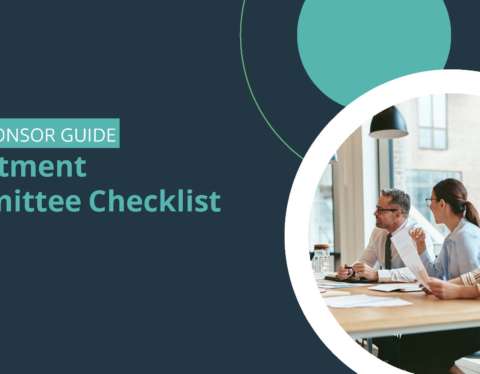Inertia is a powerful force in physics and, interestingly, in dictating how people save or don’t save for retirement. Just as a body at rest tends to stay at rest, employees tend to follow and stick with the retirement plan participation path set before them.
If a retirement plan is optional and enrollment requires effort or inertia, an employee is likely to succumb to inertia and not participate, according to American academics Richard H. Thaler and Cass R. Sunstein in their book Nudge: Improving Decisions About Health, Wealth, and Happiness.
Nudge focuses on some general behavioral economic premises, but chiefly Choice Architecture, by looking at the different ways options are presented to people and the impact those scenarios have on their decision-making.
While the Nudge theories were first introduced in 2008 and expanded upon in 2009, many retirement plan industry leaders and plan sponsors continue to find them valuable in light of the low savings rates of many Americans.
In a recent Wall Street Journal blog, author Manisha Thakor points out that: “The ugly truth is that—collectively, as humans—we are fundamentally bad at saving.” A director at Buckingham and the BAM Alliance, Thakor says without government-required investments or other safeguards “people are likely to shoot themselves in the foot with their own financial bazooka. We already see alarming evidence of this when looking at the (paltry) size, on average, of baby boomers’ retirement accounts.”
Thaler and Sunstein suggest that employers should make retirement plans automatic so employees have to fight inertia to opt out. This means you get more employees participating and saving with the following two easy steps:
- Auto-enrollment
- Auto-escalation
As the plan sponsor, you can dictate the Choice Architecture and help your employees save more for retirement by concentrating on how your plan is structured and presented. In essence, you can lead the Nudge Squad or Nudge Unit, as the White House calls its newly formed team headed by Maya Shankar, Senior Advisor for the Social and Behavioral Sciences White House Office of Science & Technology Policy.
However, keep in mind that behavioral economics doesn’t have to be elevated to this level in order to be effective. Indeed, some plan sponsors are finding that by researching what is and isn’t working, and by setting clear goals for employee savings rates, they are able to craft better plans.
Don’t be afraid to implement some positive inertia-driven policies and plans. Use Choice Architecture to potentially help improve retirement savings for your employees. A little nudge can go a long way!

